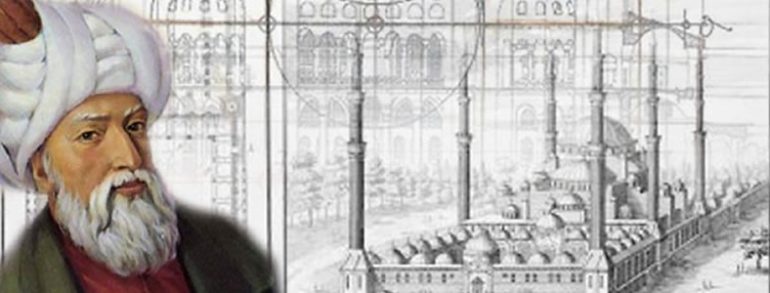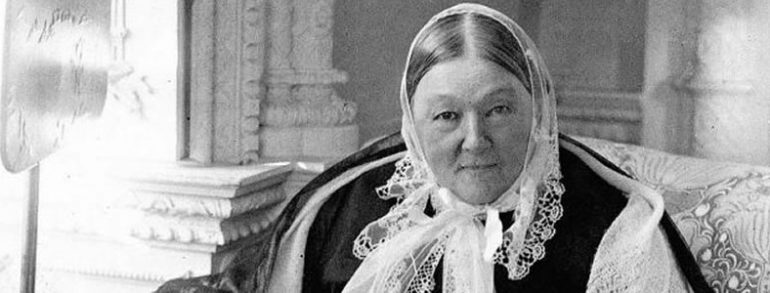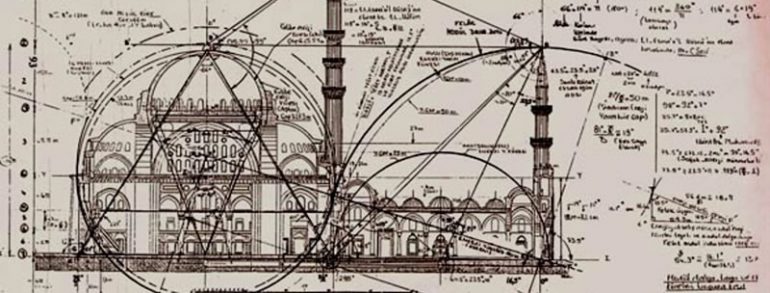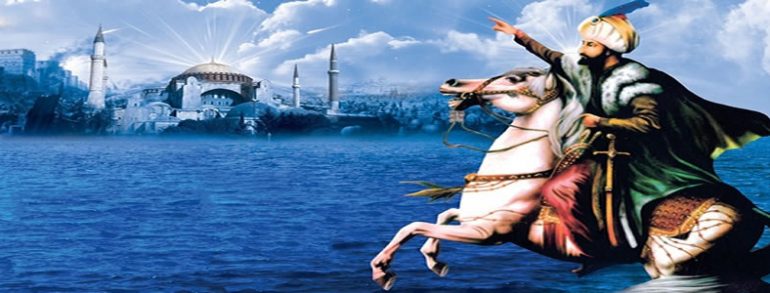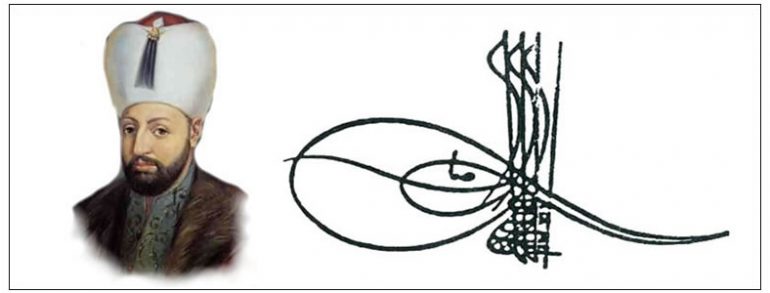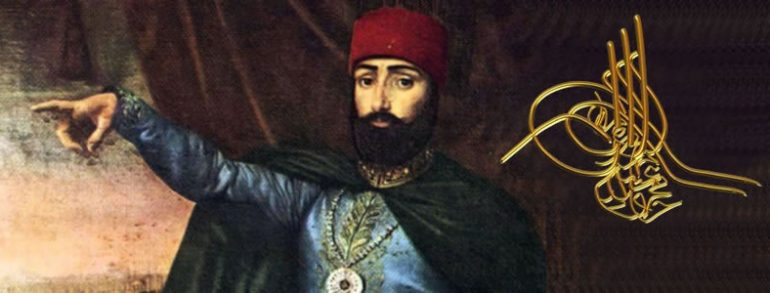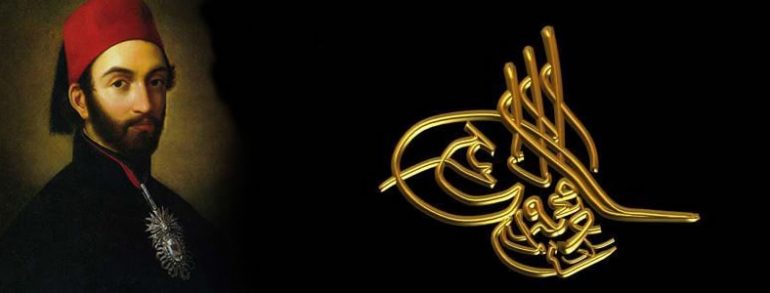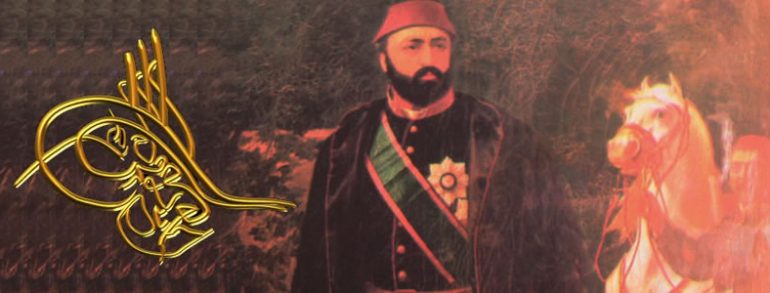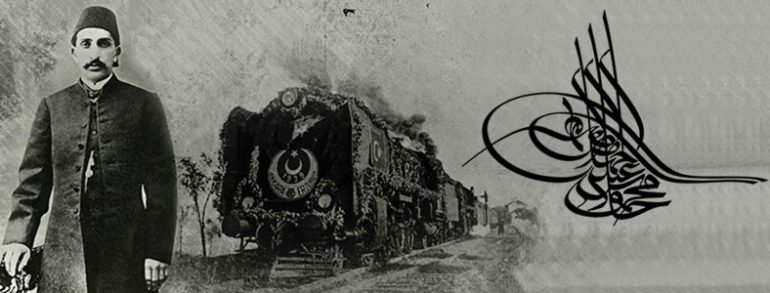Sinan is considered the greatest Ottoman architect of the Ottoman Empire's Architectural heritage. It is generally assumed that Sinan was born in the year 1490. It is also assumed that he spent his youth in the village of Agirnas near Kayseri until conscription (devsirme) to the "masters of carpenters". At age 22, Sinan is then…
Read more
The Great Architech Sinan (Koca Mimar Sinan)
